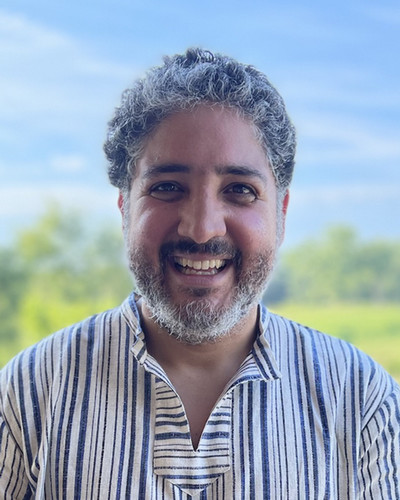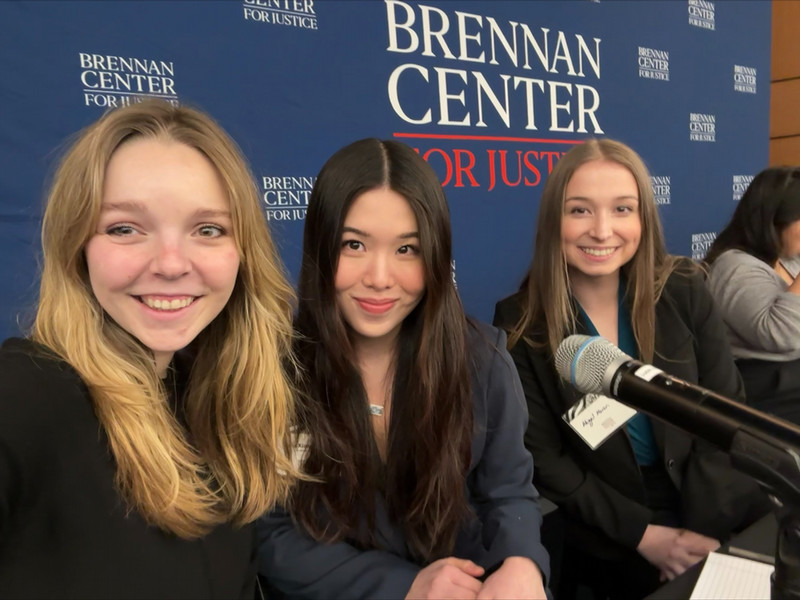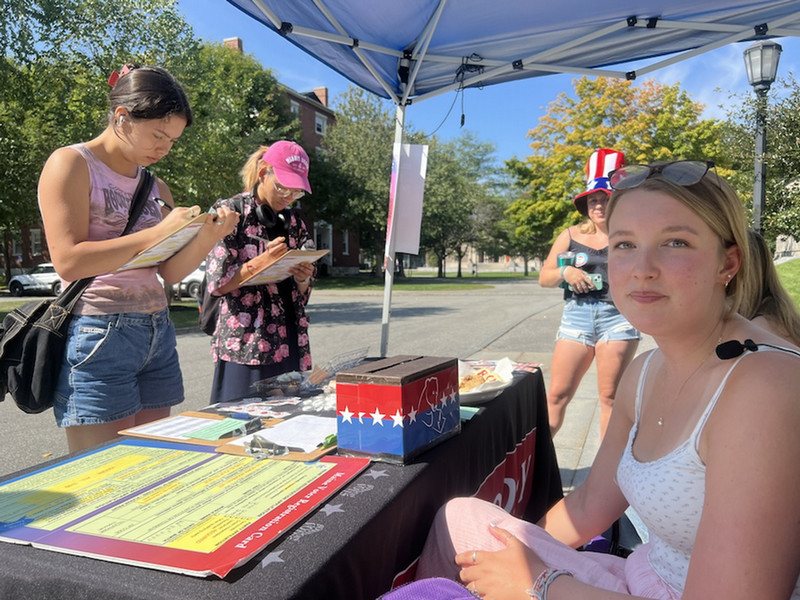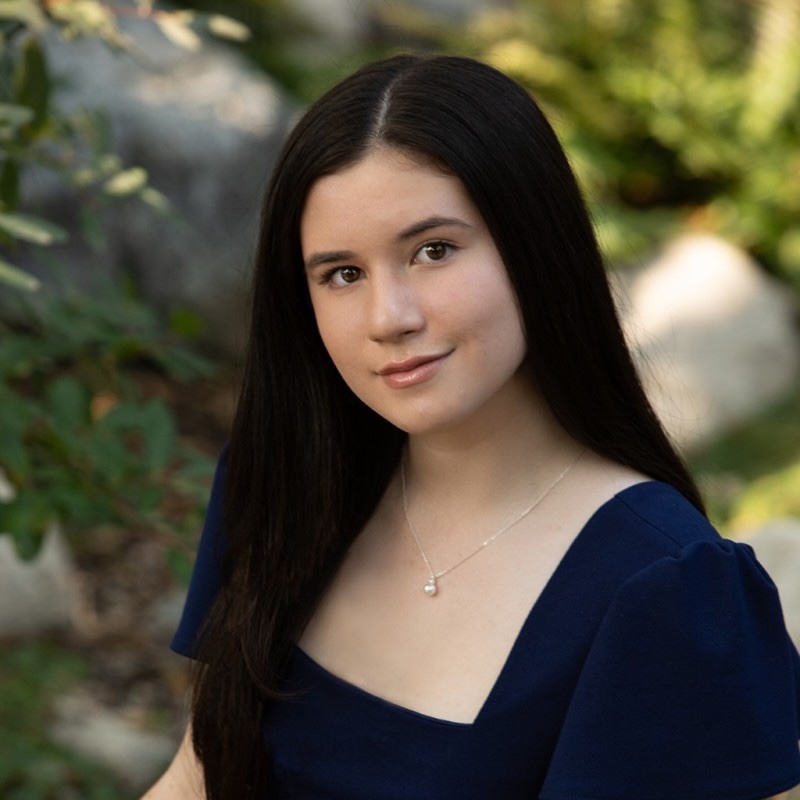Exploring Racial Turnout Gaps among Student Voters
By Tom PorterAfter a couple of his students wrote “outstanding” final papers on the issue of student voter turnout, Ángel Saavedra Cisneros thought “maybe we should take this to the next level.”

Next thing, the assistant professor of government emailed the two students, along with another he’d been working with on other projects, to see if they would be up for the challenge of producing a paper to present at a national conference.
“I saw the call for proposals from the Brennan Center for a conference on the turnout gap in American politics,” recalled Saavedra, referring to the Brennan Center for Justice at New York University School of Law, a law and public policy institute named after the late Supreme Court Justice William Brennan.
The two-day conference, which took place in early March, was to address what Saavedra called a troubling reality of US democracy—the significant differences in voting rates, or turnout, by ethnic and racial categories, with white voters going to the polls in consistently greater numbers than non-white voters. “The question of why this happens often eludes researchers but is central to creating a more equitably-engaged electorate,” he added.
Saavedra and his students—Abigail Martin ’26, Peyton Semjen ’24, and Julia Xiang-Wang ’26—put forward a proposal to study racial turnout gaps among college students and shed light on why non-white college students vote at lower levels than their white counterparts. “Once our proposal was accepted, we had four weeks of heavy work and regular discussions to talk about the data, the research questions, and the writing of the article,” he explained.
The data were sourced from the ALL IN Campus Democracy Challenge, a national initiative that “encourages higher education institutions to help students form the habits of active and informed citizenship,” according to its website.

“We hand-coded data from more than 1,200 college campuses,” said Xiang-Wang, “taking into account factors like the racial demographics and selectivity of institutions, financial aid statistics, geography, and the cost of voting in each state.”
The Bowdoin students, she added, presented their paper during the Intersectional Considerations portion of the conference, which took place on March 11. “I was pretty nervous, as we were some of the only undergraduates presenting at the conference, but being able to have my fellow students with me, plus the support of Professor Saavedra, made the experience all the more fun.”
Among the key findings of their paper:
- Students in higher education vote in similar patterns to those seen across the nation, with female students voting at higher levels than male students and non-Hispanic white students voting at levels that are consistently higher than most ethno-racial groups.
- Voting rates among non-white students were highest at minority-serving institutions, like HBCUs (historically Black colleges and universities), where turnout approached 65 percent, some 5 percentage points higher than at non-HBCUs.
- The study also found that, when an institution increases its overall turnout among students, it boosts turnout among all ethno-racial groups, not just white students, thus reinforcing the importance of continued efforts on campuses to “get out the vote.”
“It was fascinating to present among scholars well known in the field of learning about turnout gaps in voting,” said Martin, “and I felt honored as a college student to share our findings with these researchers.”
“As a senior, I think there is something so satisfying about being a part of a project like this,” added Semjen. “After learning so much from professors in this field, being part of a paper like ours that seeks to add to the literature on racial disparities in voting is mind-blowing,” she enthused.
“People at the conference often commended the students for their presentation and the work they are doing,” said Saavedra. “This was the first step in creating a more complex dataset that we hope will shed light on how registration and voting laws impact college students,” he continued, adding that he and the students plan to continue their work into the summer and present updated findings at a political science conference in early 2025.
To find sources of funding for their project, Saavedra and his students worked with the McKeen Center for the Common Good, which provided funding for students to collect and work on the data. Additionally, the students received a Grua/O'Connell Grant from the Office of Student Fellowships and Research to support the costs involved in attending the conference.



